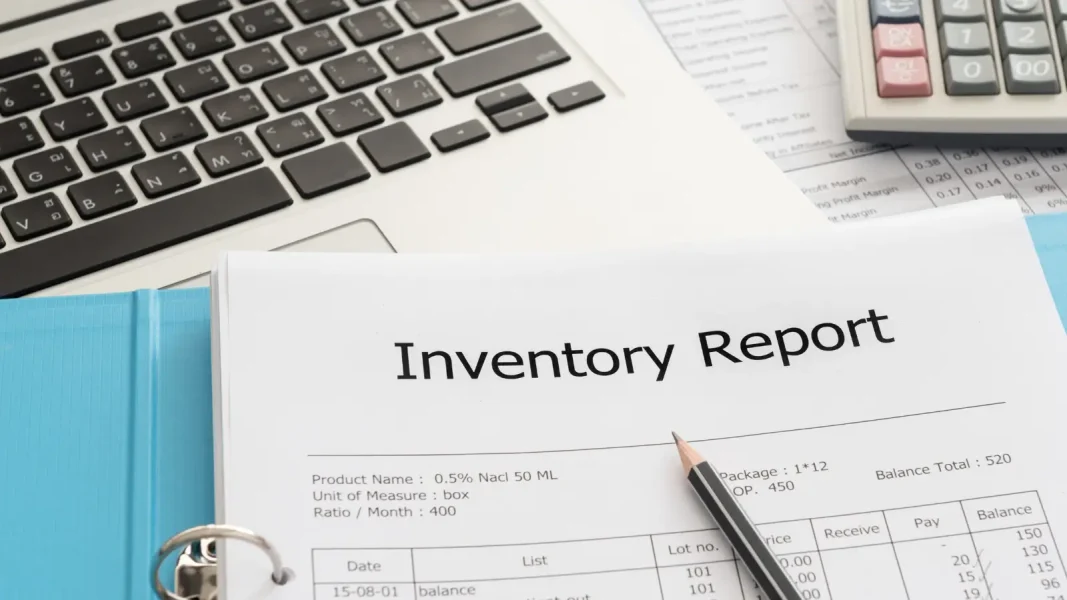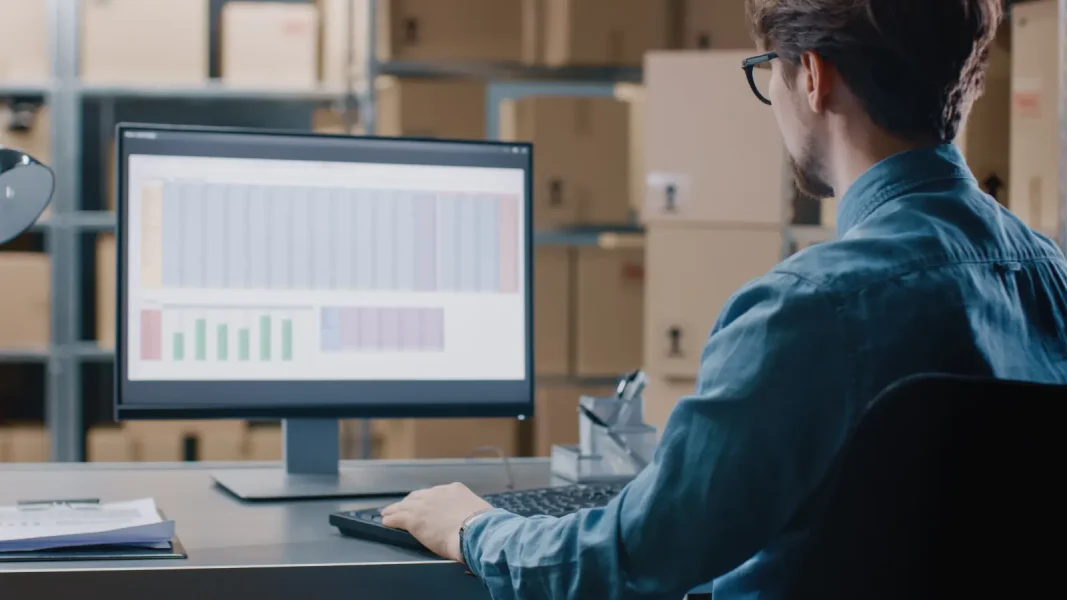In recent years, we have entered a situation of “permacrisis”. The COVID crisis, climate change, raw material shortages, recruitment difficulties: uncertainty is now a permanent feature.
In this ambient fog, reliable forecasting is essential to reduce uncertainty and restore visibility for retailers. Based on reliable forecasts, they can act proactively to absorb shocks and limit negative impacts.
Given that the retail sector is the only one capable of knowing and anticipating consumer demand, why not share this knowledge with the entire ecosystem?
In times of crisis, calculating a forecast for yourself is not enough. To improve efficiency throughout the supply chain, it’s important to communicate upstream and downstream.
Sharing forecasts with partners (suppliers, logisticians, transporters) makes collaboration between all links in the supply chain more fluid. This enables partners to calibrate their production, team sizes, warehouse stocks, transport requirements, etc.
Internally, the sharing the forecast facilitates the alignment of promotional activities, financial visibility and management control. At store level, it provides invaluable information on upcoming expenses and activities.
In this article, we explore in detail the benefits of benefits of shared forecasting for retailers and their ecosystems.
Give suppliers visibility with the shared forecast
Improve production scheduling and anticipate resource requirements
The shared forecast gives manufacturers valuable information for optimize production.
Several months in advance, they have a clear view of peak demand and can plan accordingly. They know exactly when to start production to meet demand. They also no longer need to maintain a large safety stock, as they are less dependent on fluctuations in demand.
The visibility provided by the forecast helps manufacturers to better time their production for :
- Save on inventory
- Optimize production, human resources and machine utilization
- Consume less energy
During slack periods, when retailers adjust their promotional activity, manufacturers know that they will need to produce for the promotion, and can anticipate production peaks.
Optimize raw materials purchasing with the shared forecast
At the same time, the industrialist also needs to source materials. However, given the shortages, the supply of raw materials is sometimes difficult.
With shared forecasts, he knows in advance what he needs to buy, and in what volumes. It is therefore in a position to anticipate and better organize purchases from its suppliers. It can adapt its purchases to fluctuations in raw material prices, and gains negotiating power with its suppliers.
Forecasting is also a way of “circumventing” a shortage of raw materials.
For example, a manufacturer knows he has to produce a large quantity of cakes for a distributor in a few weeks’ time. The recipe calls for sunflower, but the material is nowhere to be found.
In this case, thanks to the shared forecast, the producer can communicate transparently with the retailer to take an alternative decision : change the recipe, cancel a promotion on the product in question, rework the assortment, etc.
Give logisticians visibility with the shared forecast
Streamline collaboration
Sharing forecasts with supply chain players reinforces efficiency at all levels of the supply chain.
If you outsource all or part of your logistics to a third party, sharing the forecast gives your partner visibility on volumes.
Logisticians know in advance what they need to get out of their warehouses. He also has a view of the merchandise he will receive, several months in advance. So it can plan overflow warehouses or anticipate a reduction or increase in the storage capacity allocated to you.
Sharing Sales forecasts also enables us to better manage space for products that are difficult to store, such as water.
With forecasting, retailers and logisticians can easily adjust logistical and human capacities at warehouse level.
Optimize your transport plan with the shared forecast
In the same way, forecasts facilitate the implementation of a transport plan. If you outsource part of the transport, you can use the forecast to anticipate operations.
You can book its transport capacity in advance. For road deliveries, you provide your partner with reliable information to anticipate equipment purchases, driver recruitment and training, etc.
From this point of view, the forecast is all the more valuable as the constraints are multiple:
- Regulatory constraints: drivers must undergo training specific to the transport business
- Labour shortages
- …
Better planning of in-store activity
Thanks to forecasting, stores can anticipate changes in facings, new layouts, the impact of promotions, product end-of-life, etc.
Store management is also able toanticipate human resources needs and develop the versatility of their teams.
Depending on estimated needs, the store may decide to train staff in cashiering and shelf-stocking. Instead of having to cope with peak activity, you make employees more versatile to better absorb the extra workload.
Improve alignment with finance and controlling departments
When a CFO has a firm grip on purchasing, delivery, sales and inventory forecasts, these departments can better plan cash flows, assess deviations from budget and adjust strategies accordingly.
This helps to reduce financial risks and optimize cash flow.
The finance department visualizes planned purchases in advance, and knows its working capital requirements.
In the same way, management control certainly draws up a budget by product family. Here again, the forecast allows you to :
- Consolidate forecasts
- Control any overruns
- Adjust operations in the event of significant discrepancies between forecast and actual figures
Calibrate safety stock and warehouse management
A shared forecast provides all players with a single, coherent view of the impact of future consumer demand on their business. This allows everyone to optimize their safety stock.
A poorly adjusted inventory inevitably affects your profitability:
- If stock is too low,
- as a supplier, distributors’ orders can’t be honored, resulting in shelf shortages,
- as a distributor, you run the risk of out-of-stock situations in stores, and hence customer dissatisfaction
- If it is too high in relation to demand, excess inventory generates operating costs. What’s more, you risk having to sell off overstock at a loss, or generate breakage.
Conversely, by calibrating your safety stock according to demand forecasts, you avoid shortages and overstocking , the impact is immediate on your storage costs, your breakage and your sales/margin. The aim is to improve availability, while reducing stock levels, logistics costs and scrap.
----------------------------
By sharing forecasts, the activities of all the players involved in the supply chain can be synchronized with consumer demand.
The industrialist uses the forecast to plan raw material purchases, scheduling and production capacity. The logistician and carrier anticipate needs and their operational management in relation to forecasts shared by the distributor.
Internally, stores can adapt their human resources requirements to demand. Forecasting also makes it easier to monitor and control budgets.
The shared forecast streamlines communication between the retailer and its partners. It makes it easier to control logistics flows and stock levels, to anticipate shortages and optimize the entire supply chain.



